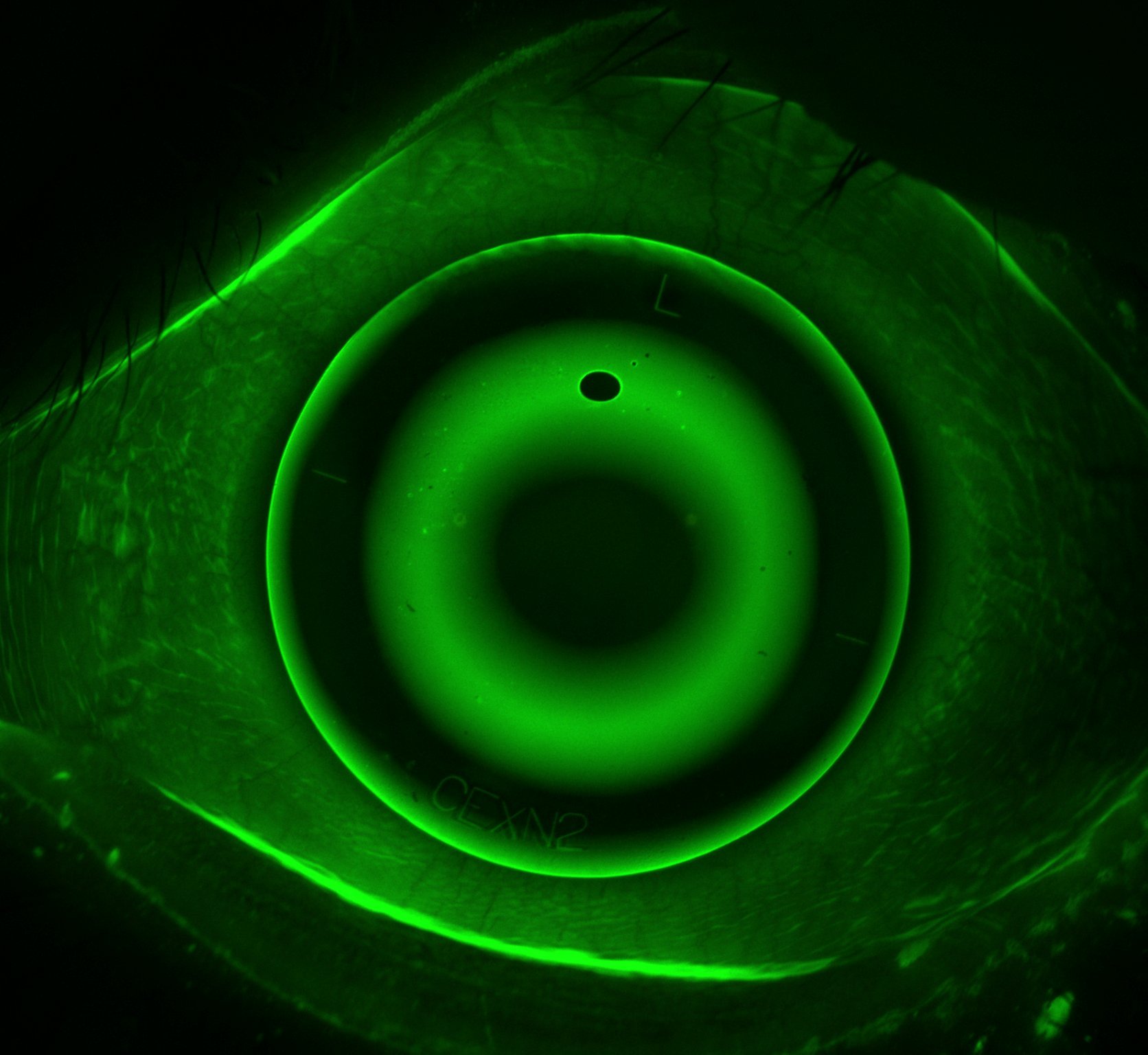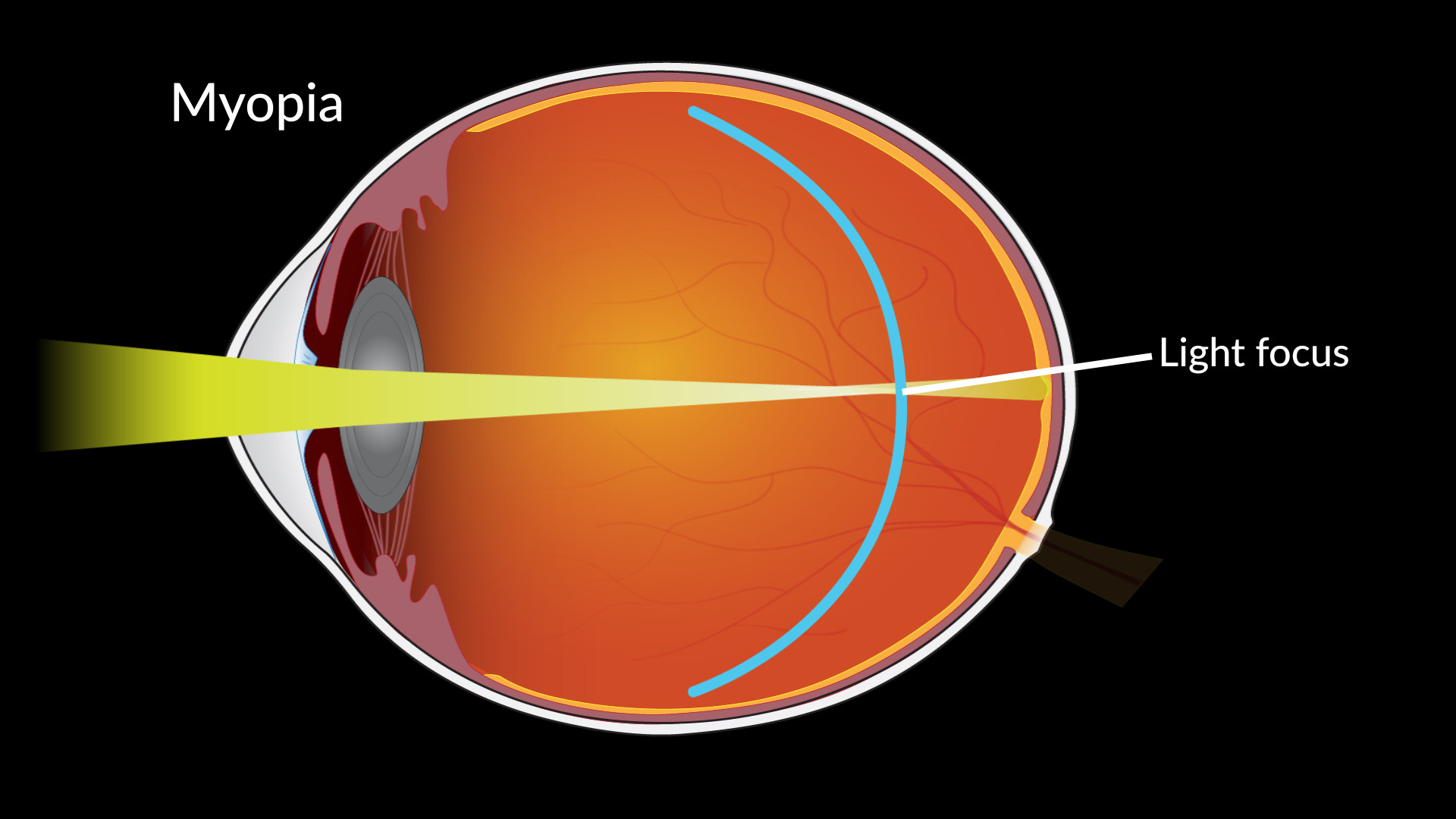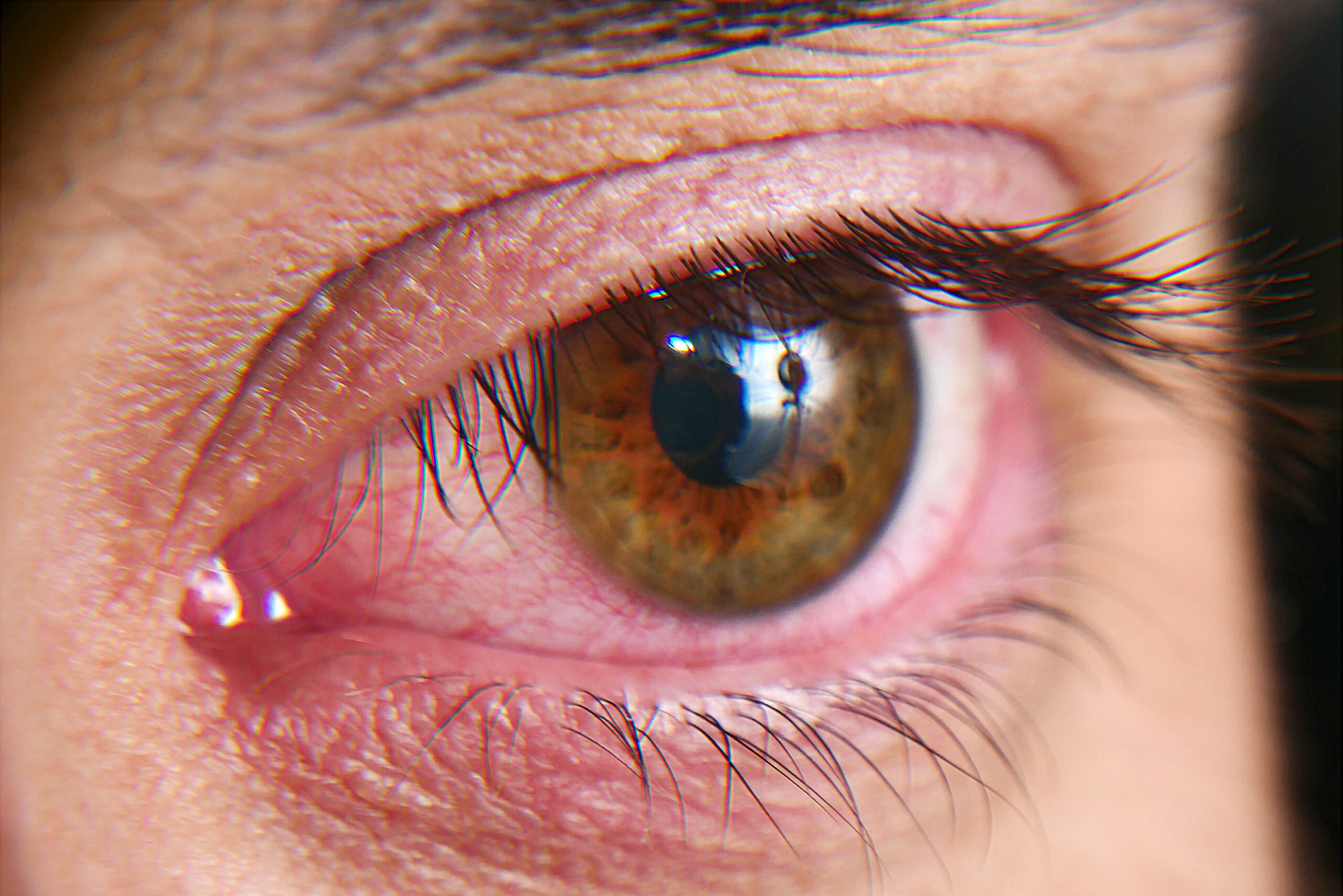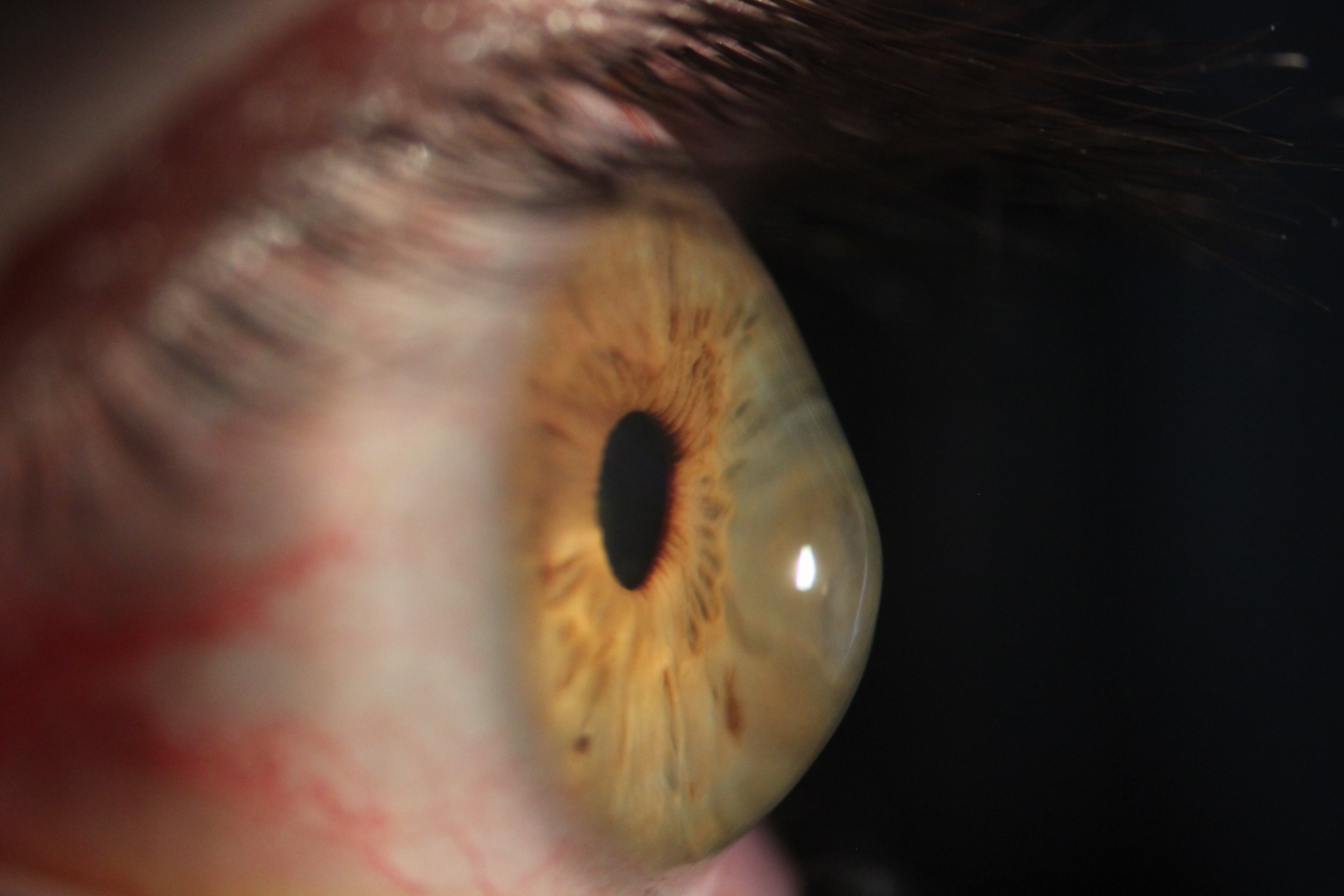
Research into how gender influences eye health and disease is still in its early stages, but there is growing evidence that women experience a higher prevalence of certain ocular conditions compared to men (1). This article explores common eye diseases that affect women, the role of hormones in these conditions, and why more research is needed to better understand these disparities.
It's estimated that 285 million people worldwide suffer from moderate-to-severe visual impairment or blindness, with the majority being over50 years of age. Interestingly, two-thirds of the blind population is made up of women, a trend that is seen across both developed and developing countries (1).
Most of the existing clinical research highlights that women are more affected by various ocular diseases compared to men. According to The Australian Institute of Health and Welfare, females (59%) experienced a higher prevalence of long-term vision disorders than males (51%) in 2017–18 (2). Many factors contribute to this disparity, including biological, hormonal, and even societal influences (1).
Ocular Diseases That Affect Women More Than Men
Dry Eye Syndrome: A common condition in which the eyes do not produce enough tears, or the tears evaporate too quickly, leading to discomfort and potential damage (3).This condition affects twice as many women as men, especially those over 50.The hormonal changes associated with menopause are a significant factor in the development of dry eye syndrome, with studies showing that women are diagnosed with the condition earlier than men. In fact, women with premature ovarian insufficiency—a condition that mimics menopause—are more likely to experience dry eye symptoms, even independent of tear production (1).
Cataracts: Opacification of the lens is the leading cause of blindness worldwide (4). While age is the primary risk factor, women are more likely to develop cataracts than men. One reason for this may be the role of estrogen, which has been shown to have antioxidant properties that can protect against cataract formation. However, the decline in estrogen levels during menopause may increase the risk of developing cataracts. Studies suggest that factors such as early menarche and late menopause may even offer some protection against cataract formation (1).
Glaucoma: A group of eye diseases that damage the optic nerve and can lead to blindness, is another condition that disproportionately affects women (5).Women are more likely to develop certain types of glaucoma, such as angle-closure glaucoma, which is more common in women, particularly in Asian populations (5).Estrogen is thought to play a protective role in regulating intraocular pressure (IOP), which is a key factor in glaucoma. However, the hormonal changes that come with menopause can lead to an increased risk of glaucoma (1).
Age-Related Macular Degeneration (AMD): AMD is aleading cause of vision loss in older adults, and while both men and women can develop the condition, women are more likely to experience severe forms of it (1).The exact reasons behind this gender disparity are still being studied, butfactors such as longer life expectancy in women and the protective effects ofestrogen are believed to play a role. Research suggests that hormonal changesduring menopause, including the decrease in estrogen, may contribute to thedevelopment and progression of AMD (1).
Diabetic Retinopathy: Diabetic retinopathy, acondition caused by damage to the blood vessels in the retina due to diabetes,is a leading cause of blindness in working-age adults (6).While both men and women with diabetes are at risk, studies have shown thatwomen with type 2 diabetes may have a higher risk of developing advanceddiabetic retinopathy (1).Hormonal changes, particularly those related to pregnancy and menopause, can also influence the progression of diabetic retinopathy in women (1).

The Role of Hormones in Ocular Diseases
Hormones, particularly estrogen and progesterone, have asignificant impact on eye health. Estrogen receptors are present in variousocular tissues and play a role in regulating intraocular pressure, tearproduction, and even neuroprotection (1).Whilst estrogen has a protective effect the withdrawal of estrogen duringmenopause can exacerbate certain eye conditions, making women more susceptibleto diseases such as dry eye syndrome and cataracts (1).
Additionally, pregnancy presentsunique challenges to a woman’s eye health, as bodily changes can trigger orworsen various conditions. Decreased cellular immunity during pregnancy maylead to autoimmune diseases such as Thyroid Eye Disease (TED), which cancontinue to progress postpartum (7).Diabetic retinopathy (DR) is another condition that may be exacerbated,particularly in women with pre-existing diabetes or gestational diabetes,posing a risk to both maternal and infant health (7). Fluid retention, commonin pregnancy, can affect corneal thickness, leading to temporary visual disturbances, while high blood pressure and protein in the urine may indicatepreeclampsia or eclampsia, which can result in serious retinal changes,including blurred vision and even cortical blindness. One eye condition that may also be influenced by pregnancy is Keratoconus (KC), a progressive condition that causes the cornea to thin and bulge, leading to vision problems (8).Hormonal fluctuations during pregnancy, particularly elevated estrogen and relaxin, can affect corneal biomechanics, potentially triggering or worseningKC. In some cases, KC progression during pregnancy may improve postpartum, butfull recovery is not always achieved (8).Timely retinal and corneal screenings are crucial during pregnancy, especially for minority women who face worse maternal health outcomes (7).

What Can Women Do to Protect Their Eye Health?
Preventing and managing eye diseases in women requires a multi-faceted approach. First and foremost, regular eye exams are essential, particularly for women over 40, as many of these conditions become more prevalent with age. Lifestyle changes, such as maintaining a healthy diet rich in vitamins A, C, and E, omega-3 fatty acids, and zinc, can also support eye health. Limiting alcohol intake, quitting smoking, and protecting your eyes from excessive sun exposure are other important steps to take (1).
Women should discuss their eye health and hormone therapyoptions with their healthcare providers to make the best decision for theirindividual needs.

Conclusion: The Need for More Research
The role of sex hormones, lifestyle factors, and aging allplay a part in why women experience certain eye conditions more frequently thanmen. However, more research is needed to fully understand the underlying causesand to develop tailored treatment strategies for women.
By continuing to study the impact of hormones, genetics, andother factors on women’s eye health, we can better equip ourselves to preventand treat these conditions. In the meantime, taking proactive steps to care foryour eyes and staying informed about gender-specific eye health risks can helpensure a lifetime of healthy vision.
Increased awareness and collaboration among obstetricians,ophthalmologists, and optometrists are vital to ensuring comprehensive care andearly intervention for these conditions
If you’re concerned about your eye health, schedule aconsultation with an optometrist today.
1. Korpole NR, Kurada P, Korpole MR.Gender Difference in Ocular Diseases, Risk Factors and Management with SpecificReference to Role of Sex Steroid Hormones. J Midlife Health. 2022;13(1):20-5.
2. Welfare AIoHa. Eye health. AustralianGovernment; 2021.
3. Craig JP, Nichols KK, Akpek EK,Caffery B, Dua HS, Joo CK, et al. TFOS DEWS II Definition and ClassificationReport. Ocul Surf. 2017;15(3):276-83.
4. Javitt JC, Wang F, West SK. Blindnessdue to cataract: epidemiology and prevention. Annu Rev Public Health.1996;17:159-77.
5. Vajaranant TS, Nayak S, Wilensky JT,Joslin CE. Gender and glaucoma: what we know and what we need to know. CurrOpin Ophthalmol. 2010;21(2):91-9.
6. Shukla UV TK. Diabetic Retinopathy.StatPearls, editor. Treasure Island (FL): StatPearls Publishing; 2023.
7. Aninye IO, Digre K, Hartnett ME,Baldonado K, Shriver EM, Periman LM, et al. The roles of sex and gender inwomen's eye health disparities in the United States. Biol Sex Differ.2021;12(1):57.
8. Toprak I. To what extent is pregnancy-induced keratoconusprogression reversible? A case-report and literature review. European Journalof Ophthalmology. 2023;33(1):NP37-NP41.

%20(1).png)




























